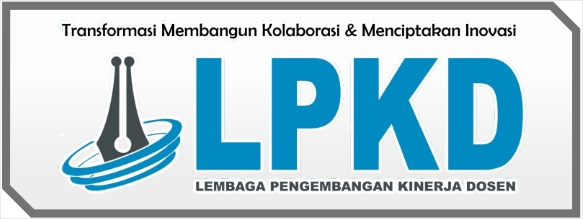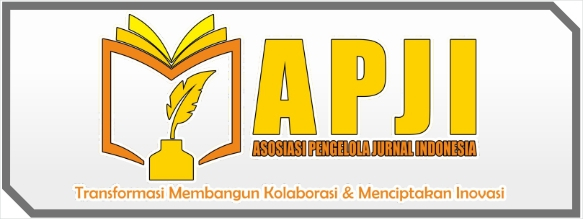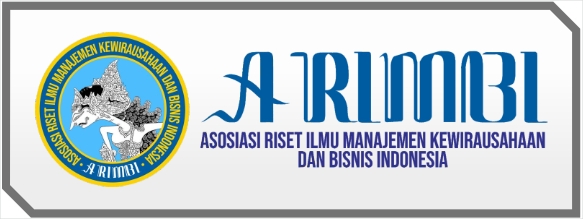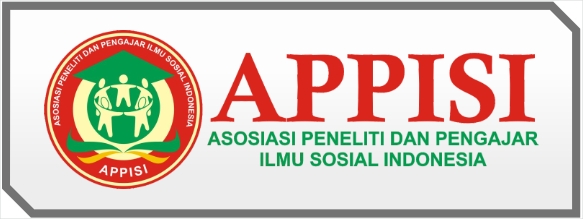Organization Capital
DOI:
https://doi.org/10.59581/jrim-widyakarya.v1i3.816Keywords:
Organization Capital, Firm Life Cycle, CompanyAbstract
This study aims to determine the effect of organizational capital on the firm life cycle. The sample used is a manufacturing company listed on the Indonesia Stock Exchange for the 2009-2017 period, with a total of 580 observations of data from 116 companies and using a purposive sampling method. This study uses the independent variable organization capital which is proxied by OC/TA and the dependent variable company life cycle which is proxied by the dummy life cycle classification based on cash flow, retained earnings to total assets, and retained earnings to total equity. In addition, the control variables used are company size, market-to-book ratio, leverage, return on equity, company sales growth, capital expenditure, and asset turnover ratio. The analysis technique used is multinomial logistic regression. The results showed that organizational capital has a significant effect on the firm life cycle, where companies with high organizational capital are in the introduction and decline stages, while companies with low organizational capital are in the growth and maturity stages.
Development requires quality human resources (HR). This human resource can act as a factor of labor production that can master technology so as to increase economic productivity. To achieve quality human resources requires the formation of human capital (human capital). The formation of this human capital is a way to obtain a number of people who have strong characters who can be used as important capital in development. This character can be in the form of level of expertise and level of community education.
The concept of human capital investment that supports economic growth has existed since the days of Adam Smith (1776), Heinrich Von Thunen (1875) and other classical theorists before the 19th century who emphasized the importance of investment. human skills. Schultz (1961) and Deninson (1962) then showed that the development of the education sector with human resources as its core focus has contributed directly to a country's economic growth, through increasing the skills and productive capabilities of the workforce.
These findings and perspectives have stimulated the interest of a number of experts to research the economic value of education (Nurulpaik, 2005). Human capital is a stock of productive abilities and knowledge found in society. Alfred Marshal once said "the most valuable of all capital is that invested in human beings" (Becker, 1975). In this case human capital is a long-term investment in the development of human resources to increase productivity. The importance of human capital is that the knowledge that exists in human resources is the driving base in increasing productivity.
Human capital can be distinguished from human resources management, but can also synergize. Human capital views humans more as intangible assets and human resources management views humans as costs or costs that are detrimental to the company. The concept of human capital emerged, due to a shift in the role of human resources. Human capital arises from the idea that humans are assets that have many advantages, namely human capabilities when used and disseminated will not decrease but increase both for the individual concerned and for the organization, humans are able to transform data into meaningful information.
The concept of innovation has been continuously developed by a number of experts and institutions in the last 50 years. This is based on Resource Based Theory (Barney, 1991). In the perspective of Resource Based View (RBV), internal resources and the internal environment are the main keys for determining strategies to achieve high performance (Hitt et al., 2011). Resource Based Theory (RBT) focuses on the concept of attributes of excellence that are difficult to imitate as a source of superior performance and competitive advantage (Barney, 1991).
Resources based theory is the company's resources as the main driver behind the company's performance and competitiveness. Based on this resources based theory, an organization can be assessed as a collection of physical resources, human resources, and organizational resources (Barney, 1991). Barney (1991) categorizes three types of resources:
Physical capital resources (technology, plant and equipment)
Human capital capital (training, experience, and insight), and
Organizational resource capital (formal structure)
References
Adam Smith. 1776. An Inquiry into the Nature and Causes of the Wealth of Nations. London: Methuen & Co. LTD.
Barney, J.B. (1991), “Firm resources and sustained competitive advantage”, Journal of Management, Vol. 17 No. 1, pp. 19-120.
Barney, J. B. (2007). Gaining and Sustaining Competitive Advantage Third Edition. Ney Jearsey: Pearson Education, Inc, Upper Saddle River.
Becker G.S. (1993). Human Capital, A theoretical and Empirical Analysis with Speccial reference to Education. Chicago, University of Chicago Press.
Bontis, N. 1998. “Intellectual capital: an exploratory study that develops measures and models.” Management Decision. Vol. 36 No. 2
Brooking, A. 1996. Intellectual Capital – Core asset for the Third Millenium Enterprise. International Thompson Business Press London 8 (12-13) : 76.
Cut Zurnali, (2010), Knowledge Worker: Kerangka Riset Manajemen Sumber Daya Manusia Masa Depan, Penerbit Unpad Press, Bandung
Gaol L, Jimmy. 2014. A to Z Human Capital : Manajemen Sumber Daya Manusia. PT. Grasindo : Jakarta.
Gouzali, Saydam. 2000. Manajemen Sumber Daya Manusia (Human Resource) suatu pendekatan mikro. Djanbatan. Jakarta.
Hasibuan, Malayu S.P. 2000. Manajemen Sumber Daya Manusia. Edisi Revisi. PT. Bumi Aksara : Jakarta.














